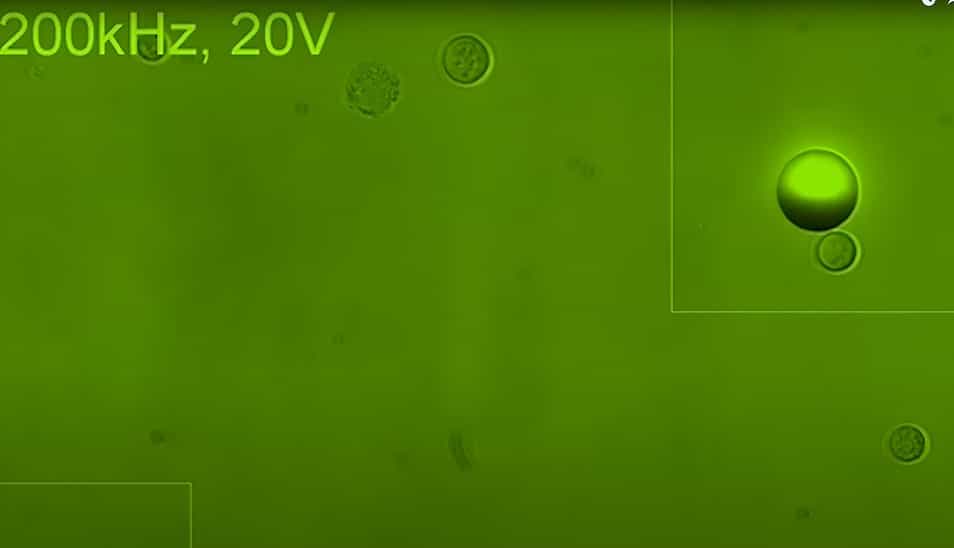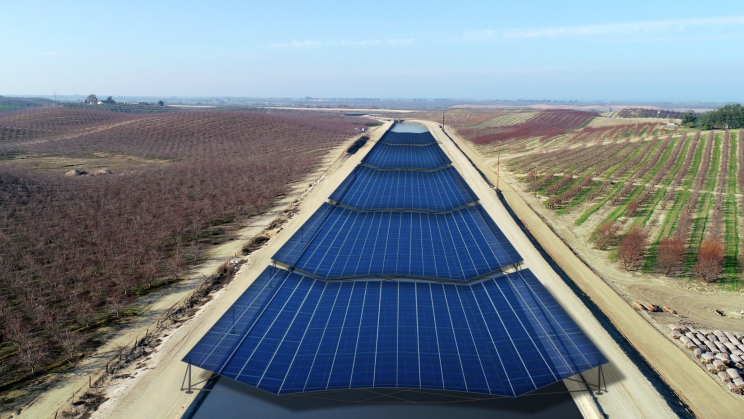The Chief Engineer says “We could use a slab resolver for that” and you say: “That’s a great idea boss” but you are actually thinking: “If I ask him what a slab resolver is I’m going to look like an idiot.” Sound familiar? If so, this article is for you – it explains what slab resolvers are, how they work, where to use them, and suggests some alternatives.
What’s a Slab Resolver?
OK, so let’s deal with some jargon first. After all, we engineers love jargon because it helps us to differentiate between engineers and mere mortals! A resolver is an electrical transformer used to measure angle of rotation. Most resolvers look rather like an electric motor – with copper windings on the stator and a machined metal rotor. The inductive coupling between the transformer’s windings varies according to angle. So, if we energize the resolver with an AC signal and measure the output from the transformer’s windings, we get an AC electrical signal whose amplitude is proportional to angle.
The ‘slab’ term simply refers to the resolver’s shape – flat, like a slab. There is no hard and fast rule as to where traditional resolvers end and slab resolvers begin, but generally, a slab resolver’s (axial) height is less than its diameter. A slab resolver’s diameter can be more than 5 times its height and often has a large bore to accommodate a through shaft, hydraulic pipes, electrical connections, or a slip ring.
Slab resolvers can also be referred to as pancake resolvers. Strictly speaking, a pancake resolver is an unhoused or frameless slab resolver. However, for all intents and purposes, a pancake resolver is the same as a slab resolver, and the terms are used interchangeably. Pretty straightforward eh? No wonder you were confused.
You may also see or hear the term ‘brushless resolver.’ This simply means that there are no electrical connections to the resolver’s rotor. This means that there is no need to transfer power to the rotor via electrical brushes.
How Do They Work?
Whilst there are lots of variations on the theme, a typical resolver has at least three windings – a primary winding and two secondary windings. These windings are usually formed on the resolver’s stationary element – the stator. The primary is used as the input for an AC drive signal, and each secondary is used as pick up or receive winding. In the diagram below, the rotor is made from a material such as iron or steel and is arranged relative to the windings such that it will couple varying amounts of energy into the secondary windings depending on its angle of rotation. In the diagram below, the output from the secondary windings will be in the form of a sinusoid and cosinusoid. Accordingly, the ratio of signals varies in proportion to angle.
The outputs from a ‘single speed’ resolver are unique over each rotation – in other words, angle can be calculated absolutely over 360o. A two-speed resolver has outputs that are unique over 180o, a three-speed resolver has outputs that are unique over 120o, and so on. Typically, most resolvers are 1, 2, 4, 8, 16, 32, or 64-speed. Typically, as the speed number or pitches increase, the more accurate the measurement because the unique range reduces.
Where are They Used?
Once upon a time, rotary electrical transformers – in all their various forms – were just about the only way to measure the angle of a continuously rotating shaft. Nowadays, optical encoders have taken over many applications but have never taken over in those applications that require high reliability and precision while operating in harsh environments. Typically, such applications are common in the heavy industrial, aerospace, defense, and oil and gas sectors. Simply put, optical encoders cannot cope with muck, vibration, shock, or extreme temperatures whereas resolvers will remain largely unaffected.
Slab resolvers are used wherever there is a requirement for one or more of the following:
- Large through shaft
- Requirement for absolute position measurement
- Integration with a large bearing
- Space constraints that require low axial height
- Radial mismatch between rotating and stationary parts
- Long life
- Harsh physical environment
- Continuous rotation
Are They Any Good?
Resolvers have been around since World War II and have a solid reputation for reliability. They are often the automatic choice for high-reliability and safety related applications – especially with engineers of let us just say ‘a certain age’ (or a certain amount of grey hair…..or actually, a certain amount of hair).
A common pitfall is that many resolver data sheets specify that the resolution of a resolver is infinite. Whilst this is theoretically true, in practice, it is daft because, in most modern control systems, the resolver’s analog signals will be converted to a digital signal of finite resolution. The actual resolution will be determined by the resolution of the analog to digital conversion circuit.
This leads to a subtle but important point – to engineer a resolver-based system a (separately specified and purchased) signal excitation and processing circuit is required. This means that there is a significant skills issue in using resolvers – you need to know what you are doing and typically there is no one-stop shop.
Slab resolvers also have a reputation for being heavy, bulky, and expensive. They are simply not economically viable for most mainstream industrial applications and, in general, are only regularly used in those sectors where capital cost is secondary to specification and performance.
What are the Alternatives?
In theory, optical encoders are the natural alternative, but in practice they simply cannot cope with harsh physical environments. In the larger slab or pancake formats (typically >4” diameter), optical devices are often just as costly as a slab resolver.
A new generation of device has become increasingly popular which can be thought of as a hybrid between an encoder and a resolver. Inductive encoders (or Incoders) use the same basic physics as a resolver but are less costly, lighter, more compact, and more accurate. Importantly, they are also easier to use because they only require a DC supply and output a digital signal representing absolute angle. The skills issue is eradicated because inductive encoders do not require separate electronics processing circuitry – all the necessary electronics are integrated into the stator. This means that Incoders have all the advantages of slab resolvers but with none of their disadvantages.
Rather than the traditional resolver’s copper wire windings, Incoders use printed circuit boards as their main components. As with a resolver, there is a stator and a rotor but because there is no requirement for precise location of the Incoder’s stator and rotor, there is no need for any bearings.
There is no need to specify single speed or multi-speed devices either – Incoders have a digital output with a resolution of up to 16 million steps per revolution. And, since Incoders use printed circuit boards rather than wire windings, they can be made with extremely high accuracy.






